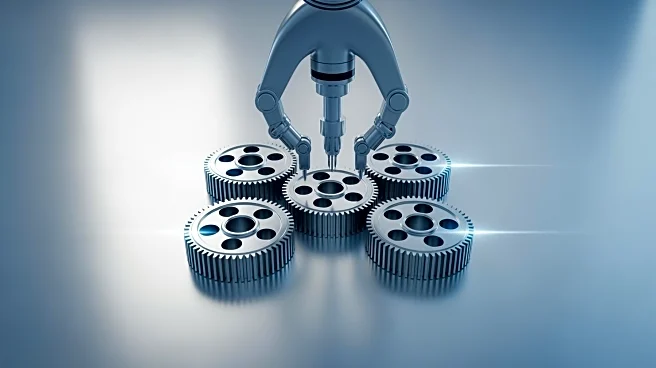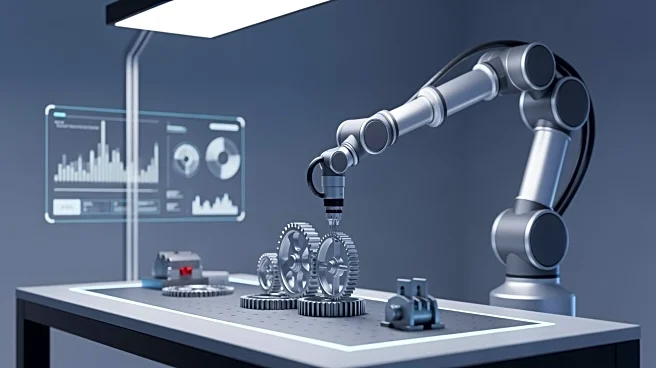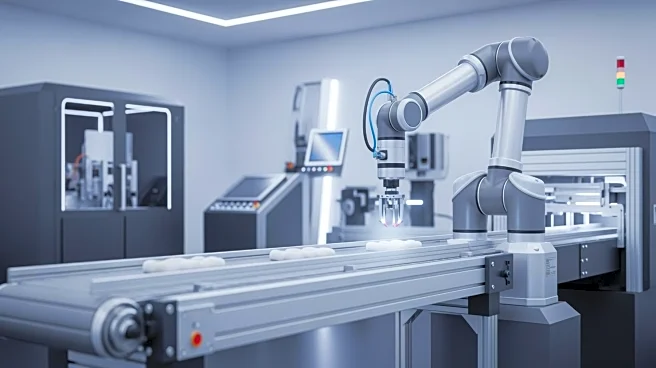What's Happening?
HR Executive has published an article detailing a five-step framework for HR process improvement before automation. The article emphasizes the importance of documenting existing processes, identifying
improvement opportunities, designing new processes, aligning automation with improved processes, and engaging stakeholders for change management. The framework aims to prevent the acceleration of existing problems and ensure that automation supports efficient and sustainable processes. HR leaders are focusing on standardizing and optimizing HR processes, shifting staff to more valuable tasks, and developing change management strategies.
Why It's Important?
The significance of this framework lies in its potential to transform HR operations by ensuring that automation enhances rather than complicates existing processes. By prioritizing process improvement, HR departments can avoid common pitfalls associated with automation, such as duplicative workflows and inefficiencies. This approach can lead to more streamlined operations, better employee experiences, and increased productivity. Organizations that successfully implement this framework may gain a competitive edge by leveraging automation to free up HR staff for higher-value tasks, ultimately contributing to overall business success.
What's Next?
Organizations are expected to adopt this framework to guide their HR automation initiatives. As HR teams document and redesign processes, they will likely collaborate with IT departments to select appropriate automation tools that integrate seamlessly with existing systems. Continuous improvement loops will be established to monitor performance and refine configurations. Stakeholders will be engaged through structured change management strategies, including training programs to address skills gaps and ensure smooth transitions to automated processes.
Beyond the Headlines
The ethical dimension of HR automation involves ensuring that technology does not replace human judgment and empathy in HR functions. As automation becomes more prevalent, HR leaders must balance efficiency with maintaining a human-centric approach to employee relations. Additionally, the long-term impact of automation on job roles and employment opportunities within HR departments will need to be carefully managed to prevent negative consequences for the workforce.











